underplanted, underappreciated landscape trees
turbo_tpl
13 years ago
Featured Answer
Sort by:Oldest
Comments (40)
krycek1984
13 years agoRelated Discussions
Underplanting Crape Myrtle
Comments (2)I have grown gingers under mine for years and they have suffered no adverse effects. I also grow vines up a couple. Its really pretty with the vine's flowers hanging down from the canopy. One of the myrtles flowers white while the vine flowers sky blue. They look great together :o) Don't use a really agressive vine like the cypress vine. With that in mind if looking for a smallish plant you may want to think of shallow rooted plants like smaller gingers, cast iron plant, ferns and so forth. Mike...See MoreUnderplanting- 2 Tree mulch bed
Comments (31)Your whole problem started out because those were Norway maples. Norway maples are notoriously almost impossible to grow things under, including grass. I've researched it, they have an aggressive root system that basically robs anything growing under them of any chance of survival. Not sure why they had to come down, but they are also notorious for rotting out inside and falling on things. If they ground down the trunk, maybe you can replant. If you want a tree, try something like a Japanese maple or Autumn Blaze red maple. Or a pretty flowering tree like a dogwood or crab apple, That might bring some shade back to that spot. Or if you have an alternate spot in the backyard, transplant. Hopefully some will survive. Don't give up hope....See MoreKousa Dogwood: what to underplant?
Comments (20)I have a 3 ft ring of mulch around the baby (6ft tall) dogwood now, it's been there since planting the tree. It's in the middle of my lawn and the brown circle of mulch just looks so empty relative to the green lawn. My mature flowering dogwood has lawn up to the trunk (a look I love). Just wanted to liven up the browness under the little guy. I appreciate all the suggestions! I'm leaning towards dwarf heuchera or mini hostas at the edge of the mulch circle. As he grows I'll fill in with grass....See MoreHow would you landscape this natural under-tree area?
Comments (20)Despite how pretty the flowering plants/shrubs look in a mock up, there is no guarantee they will thrive - or even survive - under these conditions!! That's one of the major drawbacks of this sort of cursory design input. Unless one can examine firsthand the degree of rootiness and soil moisture (or rather, lack of it), suggestions for large growing and water hungry shrubs and perennials are a bit of a joke. The sweetgums (Liquidambar) in particular are well known for the production of a lot of surface roots that makes planting anything of any size under their canopy extremely problematic. And both they and the pines are water hogs and will pull all available moisture out of the soil. This is a design issue I encounter on a daily basis. I live in an area with a lot of larger trees and with many lots that have these pockets of woodlands and know from more than 25 years of experience that groundcovers suited for dry shade conditions are the best choice. They are small enough so that one is able to dig a sufficiently sized planting hole though the tree roots and once established, are able to survive with that heavy root competition. Save the larger flowering shrubs - camellias, azaleas, hydrangeas, etc. - for the areas well away from the trees where they can receive the root-free, adequately fertile soil conditions and soil moisture they need to thrive....See Moredenninmi
13 years agoDave in NoVA • N. Virginia • zone 7A
13 years agojamiedolan
13 years agopineresin
13 years agowhaas_5a
13 years agoEmbothrium
13 years agolkz5ia
13 years agopineresin
13 years agocalliope
13 years agomusicalperson
13 years agopoaky1
13 years agowhaas_5a
13 years agomusicalperson
13 years agoarbordave (SE MI)
13 years agowhaas_5a
13 years agoviburnumvalley
13 years agobrandon7 TN_zone7
13 years agowhaas_5a
13 years agocalliope
13 years agohogmanay
13 years agowhaas_5a
13 years agoarbordave (SE MI)
13 years agospruceman
13 years agokrycek1984
13 years agohogmanay
13 years agoEmbothrium
13 years agoUser
13 years agokrycek1984
13 years agodsieber
13 years agodenninmi
13 years agostimpy926
13 years agorusty_blackhaw
13 years agophilinsydney1
13 years agorestorephoto
13 years agoademink
12 years agolpinkmountain
12 years agoarktrees
12 years agojqpublic
12 years ago
Related Stories
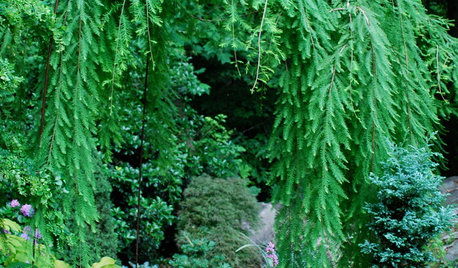
LANDSCAPE DESIGNThe Weepers and the Creepers: 10 Intriguing Trees for Your Garden
Bring something a little different to your landscape with a tree that dives, twists or crawls
Full Story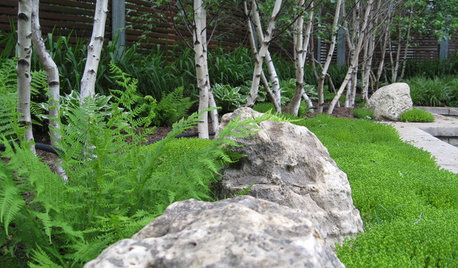
GARDENING GUIDESGreat Design Plant: Betula Populifolia
Add a touch of cool northern forest to your landscape with the highly ornamental, fast-growing and wildlife-friendly gray birch tree
Full Story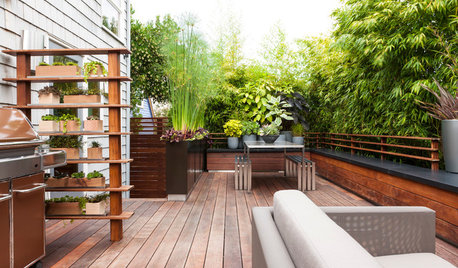
BACKYARD IDEASTake a Peek: A Peaceful Backyard Near Puget Sound
Behind a screen of bamboo trees, discover a peaceful garden retreat in the Pacific Northwest
Full Story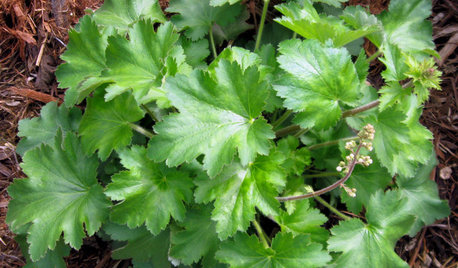
GARDENING GUIDESGreat Design Plant: Island Alumroot
Shade tolerance and resilience make this California native a natural for planting under oaks and other canopy trees
Full Story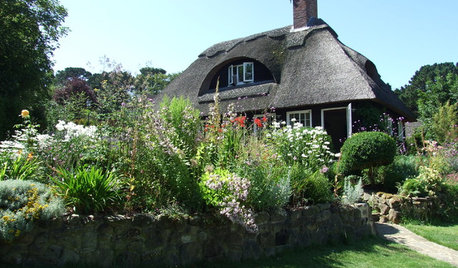
LANDSCAPE DESIGNHow to Create a Cottage-Style Garden
If you like an abundance of plants — and visits from birds, bees and butterflies — this may be the style of yard for you
Full Story
TREESGreat Design Plant: Downy Serviceberry
Plant this sculptural tree in fall or spring for year-round interest and graceful beauty
Full Story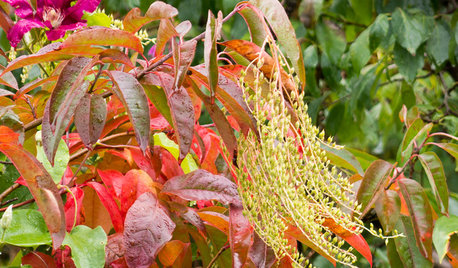
TREESGreat Design Plant: Sourwood Brings Fiery Fall Color
For a sweet spot of scarlet and orange in autumn, look to sourwood's foliage — but this tree offers interest the rest of the year too
Full Story
TREES11 Japanese Maples for Breathtaking Color and Form
With such a wide range to choose from, there’s a beautiful Japanese maple to suit almost any setting
Full Story
GARDENING GUIDESGreat Design Plant: Amelanchier Signals Spring With Airy White Blooms
With roughly 20 species of serviceberry native to the U.S., bees can feed on the early-season blooms while birds enjoy the summer berries
Full Story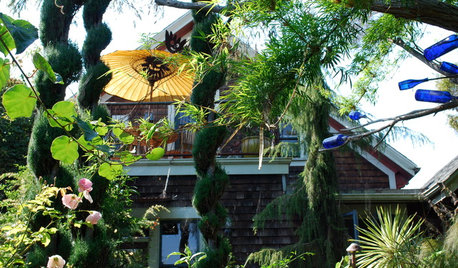
PLANTING IDEASDesigning With Conifers: How to Unite Your Landscape
Create a landscape full of intrigue and artistry with the right placement of conifers and their supporting players
Full Story





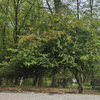
lucky_p